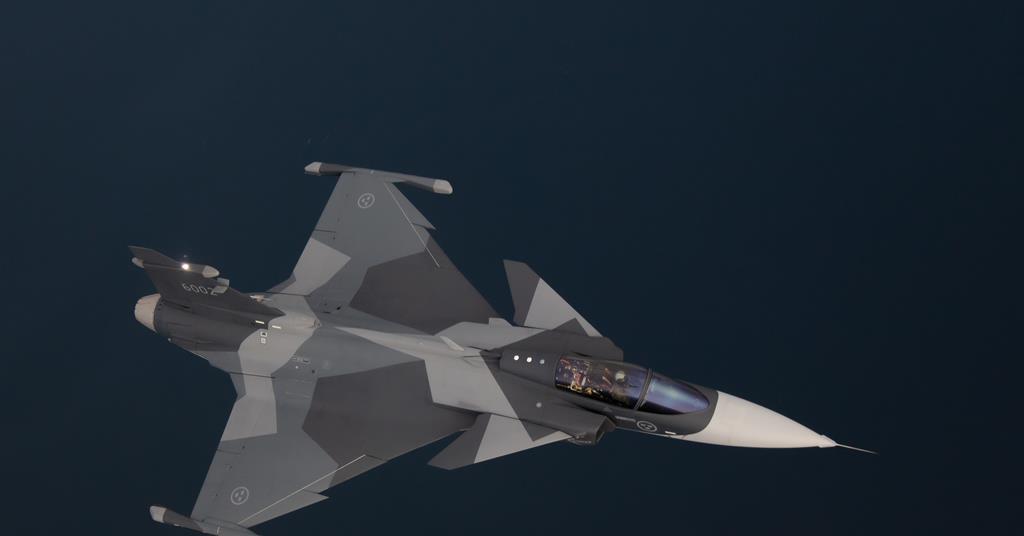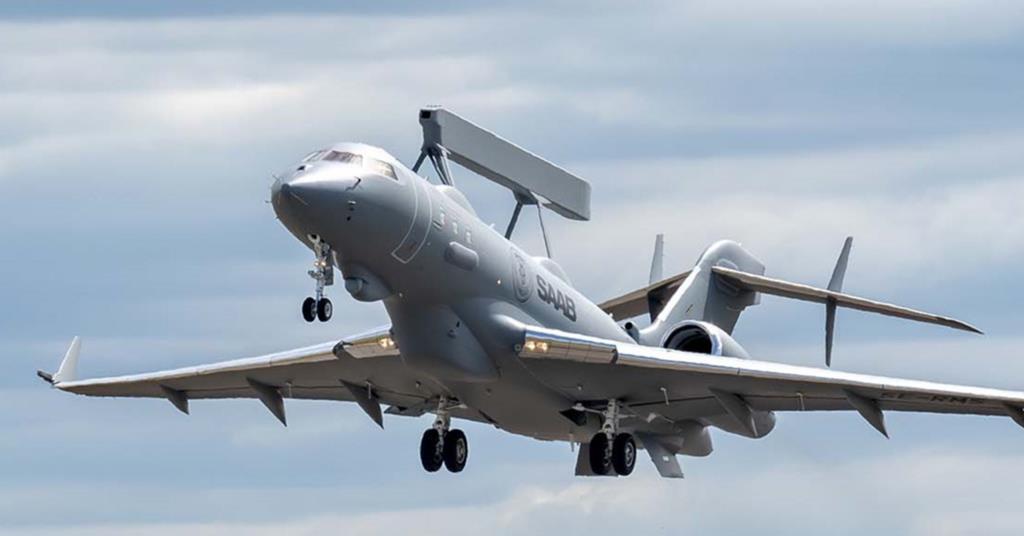Incorrect loading of ASL 737 preceded stubborn rotation during Amsterdam take-off
Company
Legal Links
Contact
- +44 7947 753363
- contact@skylineairporttransfers.co.uk
- 6 Walsall Street Bilston Wolverhampton WV14 0AT
© Skyline Airport Transfers. Created by![]() Beaphoenix WebDesign ltd
Beaphoenix WebDesign ltd
Popular Locations:
Birmingham: Aston, Bournville, Edgbaston, Erdington, Great Barr, Hall Green, Handsworth, Harborne, Northfield, Quinton, Soho, Sutton Coldfield, Amblecote, Brierley Hill, Coseley, Cradley, Gornal, Halesowen, Kingswinford, Lye, Netherton, Sedgley, Stourbridge, Quarry Bank, Bearwood, Blackheath, Cradley Heath, Great Bridge, Old Hill, Rowley Regis, Smethwick, Tipton, Tividale, Wednesbury, West Bromwich, Balsall Common, Bickenhill, Castle Bromwich, Chelmsley Wood, Dorridge, Elmdon, Hampton in Arden, Kingshurst, Knowle, Marston Green, Meriden, Monkspath, Hockley Heath, Shirley, Aldridge, Birchills, Bloxwich, Brownhills, Darlaston, Leamore, Palfrey, Pelsall, Pheasey, Shelfield, Streetly, Willenhall, Bilston, Blakenhall, Bushbury, Compton, Ettingshall, Heath Town, Oxley, Penn, Tettenhall, Wednesfield, Burntwood, Lichfield, Cannock, Rugeley, KIDDERMINSTER, Brierly Hill,
STOURPORT-ON-SEVERN
Coventry: Allesley, Binley, Keresley, Stoke, Tile Hill
Leicester: Abbey Rise, Ashton Green, Aylestone, Beaumont Leys, Bede Island, Belgrave, Blackfriars, Braunstone, Braunstone Frith, Bradgate Heights, Clarendon Park, Crown Hills, Dane Hills, Evington, Evington Valley, Eyres Monsell, Frog Island, Goodwood, Hamilton, Highfields, Horston Hill, Humberstone, Humberstone Garden, Kirby Frith, Knighton, Mowmacre Hill, Netherhall, Newfoundpool, New Parks, North Evington, Northfields, Rowlatts Hill, Rowley Fields, Rushey Mead, Saffron, Southfields, South Knighton, Spinney Hills, Stocking Farm, Stoneygate, St. Matthew’s, St. Mark’s, St. Peters, Thurnby Lodge, West End, West Knighton, Western Park, Woodgate
Derby: Matlock, Ripley, Ashbourne, ILKESTON, SWADLINCOTE , BURTON-ON-TRENT, BAKEWELL,
ALFRETON, BELPER, HEANOR
Telford: Market Drayton, Newport, Shifnal, Broseley, Much Wenlock
Stoke: Stoke-on-Trent, Newcastle, Leek, Uttoxeter, Stone, Stafford
Worcester: Worcester, Droitwich, Pershore, Broadway, Evesham, Malvern, Tenbury Wells
Gloucester: Gloucester, Cheltenham, Stroud, Cirencester, Tewkesbury, Badminton, Berkeley, Blakeney, Chipping Campden, Cinderford, Coleford, Drybrook, Dursley, Dymock, Fairford, Lechlade, Longhope, LydbrookLydney, Mitcheldean, Moreton-in-Marsh, Newent, Newnham, Ruardean, Stonehouse, Tetbury, Westbury-on-Severn, Wotton-under-Edge.
Nottingham: Nottingham, Sutton-in-Ashfield, Mansfield, Newark, Southwell, Grantham, Sleaford
Leicester: Leicester, Hinckley, Loughborough, Melton Mowbray, Oakham Market, Harborough, Lutterworth, Wigston, Ashby-de-la-Zouch, Ibstock, Markfield
Oxford: Oxford, Kidlington, Chipping Norton, Thame, Wallingford, Didcot, Wantage, Abingdon, Banbury, Carterton, Woodstock, Bicester, Witney, Chinnor, Watlington
Chester: Chester, Deeside, Bagillt, Buckley, Holywell, Birkenhead, Preston, Wallasey, Wirral, Neston, Ellesmere Port, Prenton
Airports we serve:
BHX: Birmingham Airport
EMA: East Midlands Airport
LHR: London Heathrow Airport
MAN: Manchester Airport
LGW: London Gatwick Airport
LTN: London Luton Airport
SOU: Southampton Airport
BRS: Bristol Airport
LPL: Liverpool John Lennon Airport
LCY: London City Airport
STN: London Stansted Airport



Dutch investigators have determined that an ASL Airlines Ireland Boeing 737-400 freighter had been incorrectly loaded during a tight turnaround, before its crew experienced difficulty in rotation during the take-off roll.
The aircraft had arrived at Amsterdam from Dublin on 19 December 2023, carrying five empty cargo containers plus a 1.46t ballast block which had been placed in the aft position on the main freight deck.
This ballast block was supposed to remain in the aft location, and only the containers unloaded, because the aircraft was due to fly a connecting service to Brussels without cargo.
But the Dutch Safety Board states that the containers and the block were unloaded. When the block was returned to the aircraft it was placed in the cargo-door position.
“This misunderstanding could not be explained,” says the safety board. But it says loading was carried out with the support of electronic scanners and, since only two scanners were available, some of the six ground-handling staff might not have been familiar with the loading plan.
The turnaround time at Amsterdam was just 30min and there was pressure to meet the departure schedule.
According to the inquiry the cargo company’s supervisor handed the loading paperwork to the crew to sign, and signed it themselves, even though neither the supervisor nor the ground-handling staff had checked whether the jet was correctly loaded.
Under the carrier’s procedures, the crew did not have to check the loading, and only the captain was required to sign off the documents.
The first officer had been standing next to the ballast block at the time the cargo door was closed, but “didn’t realise it was in the wrong place”.
With the block located at the door, the aircraft’s centre-of-gravity shifted “significantly” further forward than the crew had expected.
The crew set the trim for a centre-of-gravity position of 10.6% mean aerodynamic chord, when the actual figure was -8.9%, substantially different from the forward limit of 7%. This shift equated to seven trim units prior to take-off.
Although the take-off roll from intersection E4 of runway 18L began normally, the first officer found the aircraft did not rotate as expected – despite near-maximum elevator input – when it reached the calculated rotation speed of 118kt.
The aircraft continued to accelerate until it started to rotate at 134kt, finally lifting off at 150kt.
Investigators point out that, while the available runway was reduced by the intersection departure, the jet was light from being nearly empty and only carrying fuel sufficient for the short flight to Brussels.
The safety board states that the first officer subsequently retrimmed the aircraft after which no further elevator control problems were encountered.
As a result of the incident, the freight company instructed employees to send loading and unloading plans to ground-handlers by email to prevent miscommunication. The carrier also reminded crews that the captain is ultimately responsible for ensuring correct loading, and stressed the need for checks on ballast block positions when flying lightly-loaded aircraft.
Source link
Share This:
admin
Plan the perfect NYC Memorial Day weekend
Pack only what you need and avoid overpacking to streamline the check-in and security screening…
LA’s worst traffic areas and how to avoid them
Consider using alternative routes, such as Sepulveda Boulevard, which runs parallel to the 405 in…
Saab discussing extra production hub to support Ukrainian Gripen E purchase
Saab is already looking at ways of significantly increasing production of its Gripen E fighter…
Denmark, Germany and NATO among sales prospects for GlobalEye surveillance aircraft, Saab chief executive says
European interest in Saab’s GlobalEye surveillance aircraft is continuing to build, as the Swedish company…
Ukraine exploring purchase of Bell AH-1Z attack and UH-1Y utility helicopters
Ukraine has signed a letter of intent with rotorcraft manufacturer Bell exploring the purchase of…
Italy plans to restore lapsed maritime patrol capability with six-aircraft buy
Italy has outlined plans to acquire six new maritime patrol aircraft capable of performing anti-submarine…
Stockholm Arlanda takes advantage of ‘EoR’ concept to increase parallel approach efficiency
Stockholm Arlanda is claiming to be the first European airport to introduce a concept intended…
Norway presses ahead with defence helicopter acquisitions, as talks continue with UK on ASW assets
Norway continues to analyse the options for a future anti-submarine warfare (ASW) helicopter to equip…
Airbus Helicopters open to H225 Super Puma’s return for oil and gas operations
Airbus Helicopters is seeing renewed interest in its H225 Super Puma for offshore operations, almost…
Baykar’s Kizilelma UCAV soars through Aselsan AESA radar integration and weapons testing
Baykar Technologies’ Kizilelma unmanned combat air vehicle has been flown for the first time with…
First two Saab Gripen E fighters arrive for Swedish air force service at Satenas base
The Swedish air force has fielded its first Saab Gripen E fighters, with the new…
EASA foresees sufficient production capacity to meet EU’s 2030 sustainable fuel target
Sustainable aviation fuel in the European Union only accounted for 0.6% of the total uplift…